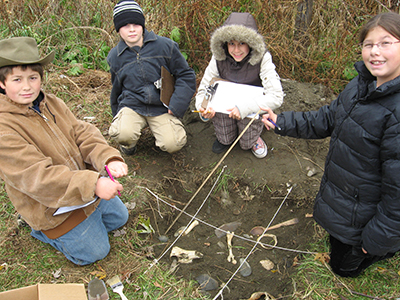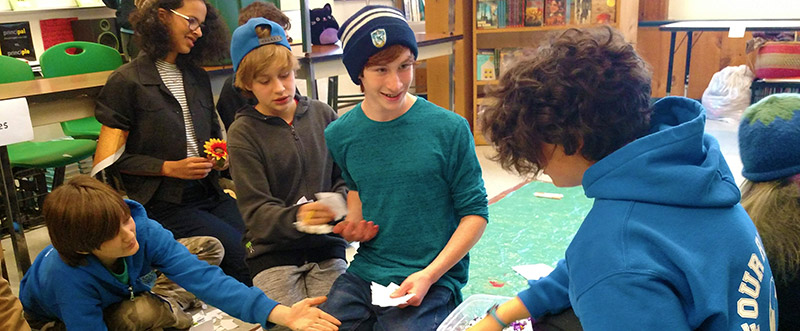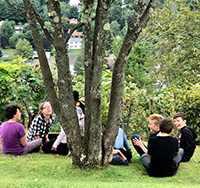TYPICAL SCHEDULES:
Middle School
High School
BOARD of TRUSTEES:
Members
Meeting Notices and Agendas:
Board of Trustees
Development Committee
Finance and Facilities Committee
Accountability Committee
Committee on Trustees and Personnel
EXPEDITIONARY LEARNING:
About EL EDUCATION
EL EDUCATION Design Principles
CURRICULUM:
Curriculum Maps
Crew Program
Tributaries
Differentiated Instruction
Projects, Investigations, Expeditions
NON-ACADEMIC
Sports and Athletics
Clubs
Intensives
Learning at Four Rivers gives students experiences through which they learn about themselves and prepare to make a difference in the world. Watch this video and explore our website to learn more.
Video by ANDY WALLACE.
The School Portfolio is a collection of artifacts, evidence, and explainations of student learning at Four Rivers. The 3 catagories below reflect the key domains of learning outcomes.

REPORTS:
DESE SPECIAL EDUCATION & CIVIL RIGHTS MONITORING REPORT
FRCPS ANNUAL REPORTS
2023 |
2022 | 2021 | 2020 | 2019
2018 |
2017 | 2016 | 2015 | 2014
2013 | 2012 | 2011 | 2010 |
2009
2008 | 2007
FIVE YEAR CHARTER RENEWAL APPLICATIONS
2017 | 2012 | 2007
CHARTER RENEWAL INPECTION REPORTS
2017 | 2015 | 2012 | 2010 | 2007 | 2006 | 2005
STATE ACCOUNTABILITY REPORTS
2019 | 2018 | 2017 | 2016 | 2015 |
2014 | 2013 | 2012 | 2011 | 2010 to 2009 | 2008 to 2007
FY22 ELEMENTARY and SECONDARY SCHOOL EMERGENCY RELIEF III FUND APPLICATION
Four Rivers Charter Public School
248 Colrain Rd.
Greenfield, Ma 01301
Phone: 413-775-4577
FAX: 413-775-4578
email: INFO@FOURRIVERSCHARTER.ORG


